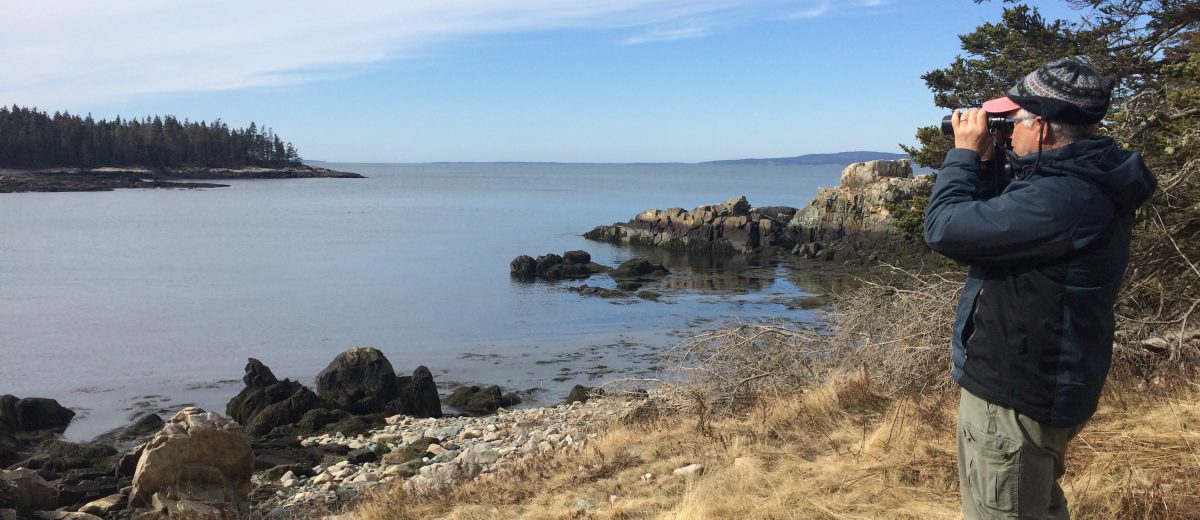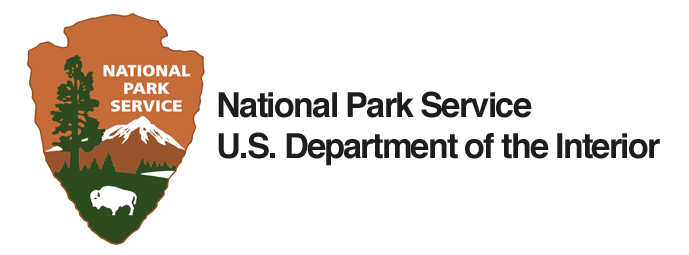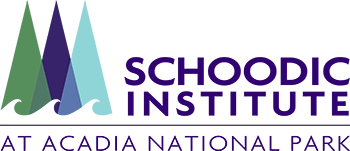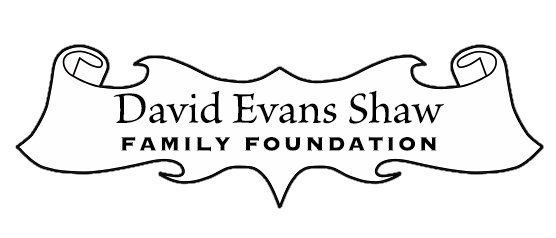by Catherine Schmitt, Science Communication Specialist with Schoodic Institute
Due to health and safety concerns about the COVID-19 pandemic, many local, state, and national parks have closed, including Acadia National Park, after experiencing a surge of visitors seeking solace and space during otherwise stressed and isolated days of social distancing.
Of course people are seeking out parks, given the increasing awareness of the restorative power of nature, the benefits of exercise, and the need for a break. Going for a walk outside feels like the one safe thing a person can do these days.
The crowding in “parks” specifically, compared to other outdoor places, reveals a phenomenon with relevance to science communication: psychological distance.
Psychological distance is a subjective experience that something is close or far away from the self, here, and now. For example, for a long time, climate change was distant in space (happening somewhere else) and in time (happening a hundred years from now). For decades, scientists struggled to communicate about climate change because it was not salient to the daily lives of most people, although, sadly, this has changed dramatically in recent years. The extinction crisis can also seem psychologically distant, happening in exotic places at unspecified moments. “Nature” itself is perceived as being elsewhere—it is a destination, the green shading on the map, inside national park boundaries, and not the white space in between.
So when health experts encouraged people to go outside and enjoy “nature,” they went to parks.
It is true that the nature within national park boundaries, required by law to be “preserved unimpaired,” is different. For example, the protected forests of Acadia National Park stand in great contrast to surrounding forests, with older, larger trees and more complex structure. Parks shelter a greater proportion of rare and endangered species and intact ecosystems.
But it is also true that nature is everywhere, all around us, even within us. Nature is pigeons on the roof, rats in the street, coyotes in the alley, and bugs in the yard. Nature is trees at the edge of the parking lot, water in the river, moss on the shady side of the building, flowers sprouting in the cracked sidewalk, bacteria in our guts…But this is not what people learn, or what they are taught.
Or what they experience, because so many policies have served to separate people from nature (and each other) and increase psychological distance. A history of cordoning off some areas and calling them “parks,” of making “Nature” somewhere else, has granted permission to treat the rest of the land differently, to destroy but not create, to take without giving back. Food, water, shelter all come from away; local green spaces are too few and too hard to access; culture is less and less rooted in soil, seasons, stars.
When asked about their knowledge of nature, most people (children and adults, urban and rural) will reference mammals and birds, mostly exotic or domestic. This disconnection from nature is well documented and worsening, but can come as a surprise to scientists who are lucky enough to interact with nature regularly.
Distance, psychological and real, is a major challenge for those attempting to communicate the science of nature. Stories of trees, birds, or fish in a national park have little meaning to those with little or no memory of trees, birds, or fish.
So, what’s a science communicator do?
Acknowledging that the rift between people and nature is wide and deep and intersects with issues of race, gender, class, and power, there are approaches that can begin to address psychological distance and repair the relationship by making nature local in the here and now. Here are two that have been identified and explored through our workshops:
- Connect what is happening in the park to what visitors might be experiencing at home. For example, invasive plants, severe weather, bird and insect migration, or other seasonal events. People may notice these things in their yards and neighborhoods. Let them know they exist simultaneously in parks, and are part of the same Earth.
- Connect people to nature through citizen science. There is evidence that citizen science project participants increase awareness and appreciation of nature. And there are many opportunities right now (Citizen Science Month) to be a citizen scientist at home by paying attention to neighborhood nature.
Find Nature in the neighborhood, and all the world’s a Park.
***
Related articles:
“Amid the coronavirus pandemic, the small bits of ‘nature’ intruding on my home life have started to seem far more meaningful.” (March 22) https://www.salon.com/2020/03/22/nature-surrounds-us-even-in-quarantine/
“I believe in the right to be outside, but at this moment it shouldn’t be exercised through visitor centers and bottlenecks. Forget the parks; seek out the spaces in between, the backyards and alleys. It’s a great time to explore an irrigation ditch or the woods at the edge of town — to see what’s around you. Be as local as you can.” (March 24) https://www.hcn.org/articles/covid19-as-covid19-spreads-how-do-you-ethically-get-outdoors
“Losing access to some of our most beautiful places right now is a tough one, but the alternative is far worse.” (March 25) https://therevelator.org/pandemic-parks/
“Use the outdoors as mental and physical therapy, but be cognizant of the risks you take and the burdens you place on others. Enjoy the outdoors wisely where you live.” (March 26) https://www.sierraclub.org/sierra/ride-out-coronavirus-your-backyard-not-backcountry
“It could be the chance for the reset we need. A chance to remember that we are always in the wilderness, which deserves our care everywhere.” (March 27) https://www.outsideonline.com/2411032/coronavirus-park-closures
“There’s comfort and reassurance in knowing that familiar patterns will repeat in the same reliable way.” (March 30) https://www.audubon.org/news/as-coronavirus-sows-turmoil-and-fear-seeking-solace-natures-calendar
“Comfort and reassurance are in short supply right now, especially when we focus on the increasing drumbeat of grim news. But if we step outside (cautiously, with attention to maintaining safe distances) or look out a window, we’ll see positive signs. Birds are arriving from their winter homes in growing numbers every day, many having survived truly miraculous journeys. Some pass through, others stake out nesting territories and prepare to raise the next generation. While so much in our lives is thrown into disarray, nature’s calendar is moving along on schedule, exactly as it should. When we emerge from this dark passage, the robins will be out there singing to greet a new day for them, and for us.” https://www.findingnature.org/
“Sparse green space will make it harder for us to stay healthy and sane while limited in our activities.” (March 31)
“But not everyone has a nearby large park. According to my organization’s calculations, more than 100 million Americans — nearly a third of the nation’s population — lack access to a close-to-home park.” (April 1)
“My hope is that when we emerge from this troubling time, people around the globe will find themselves more keenly aware of how blessed we are by the gifts of the natural world — prairies, wetlands, forests, mountains, deserts, oceans and all their remarkable inhabitants — as well as by wild pockets in cities and towns.” (April 4)




